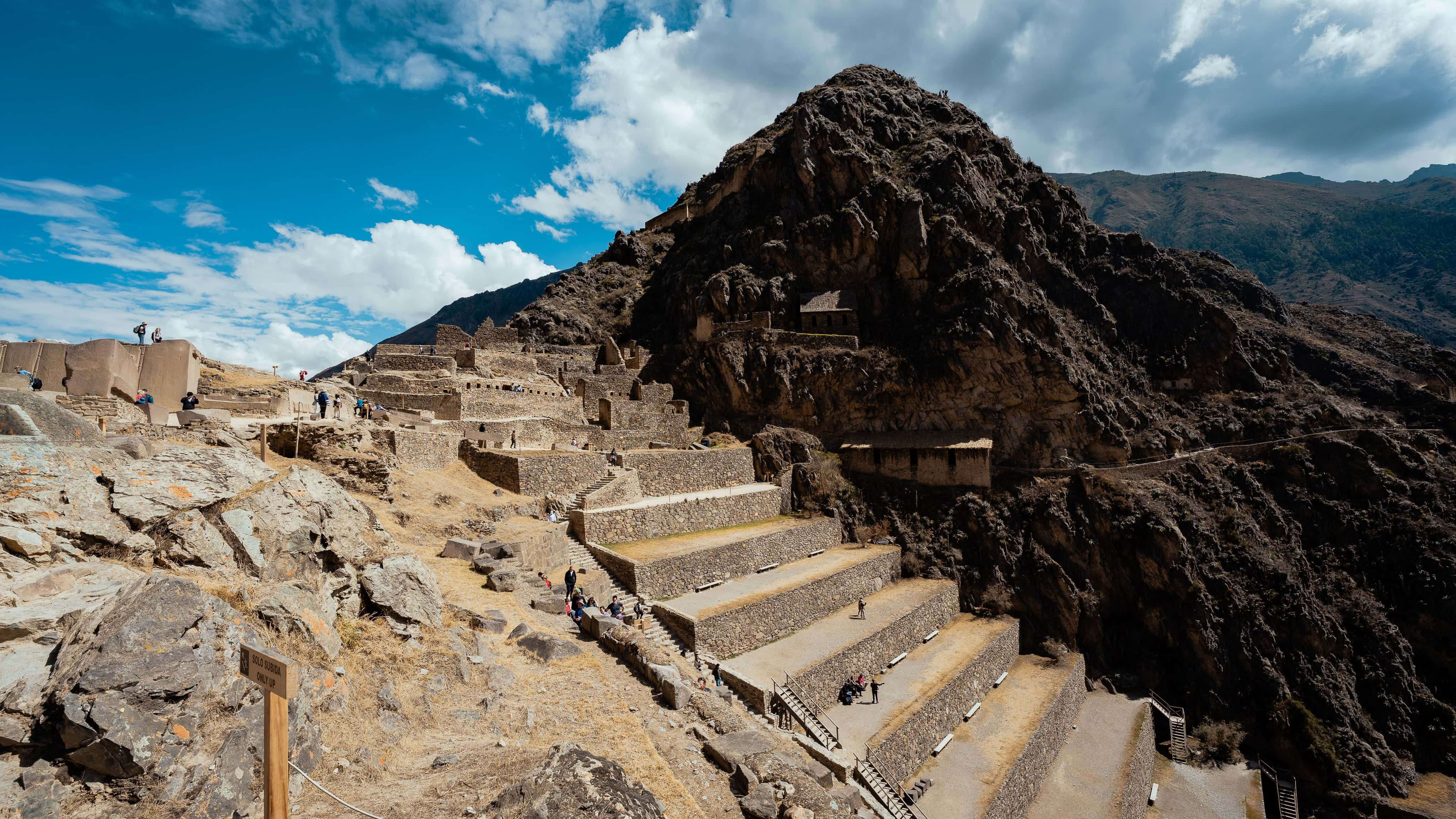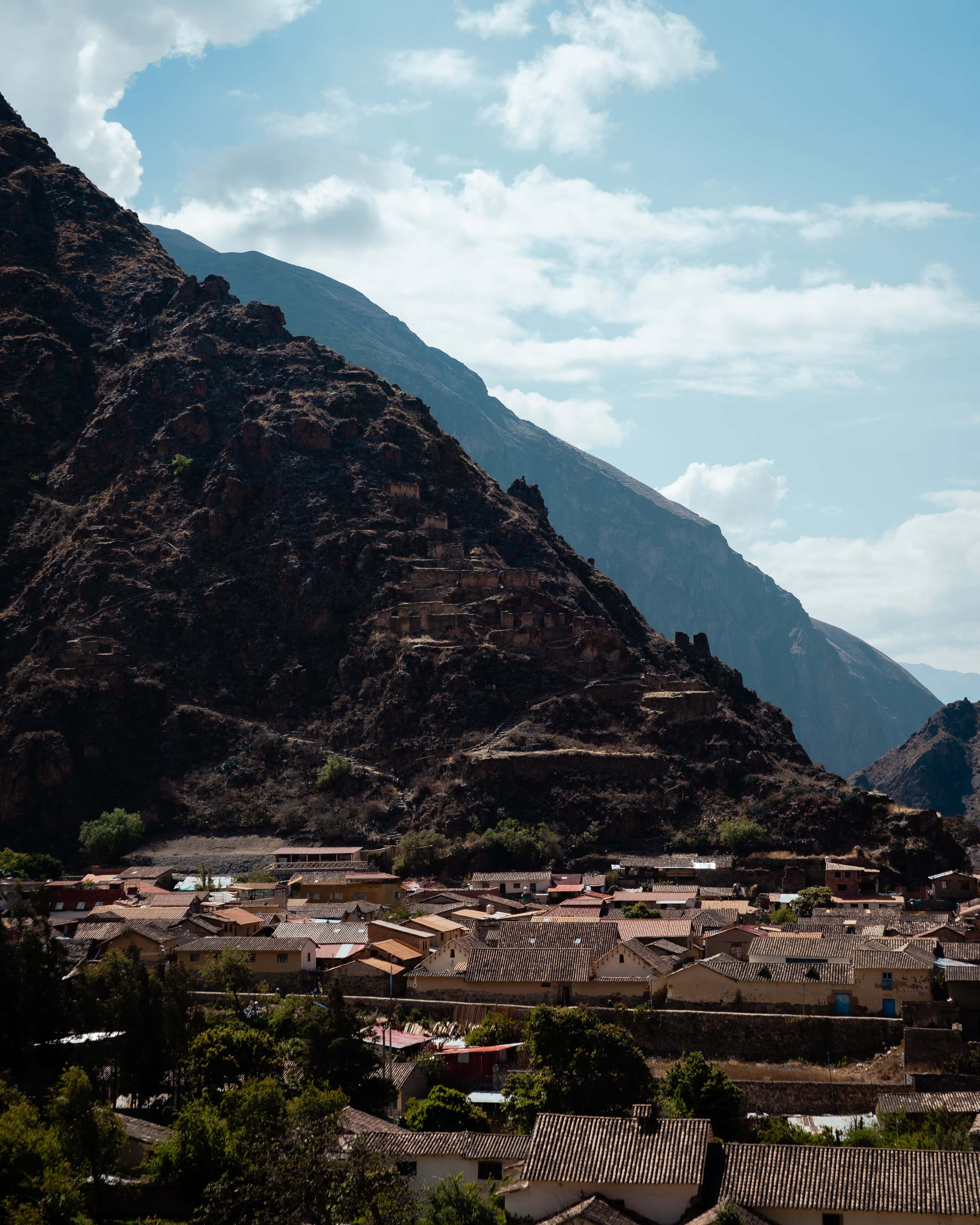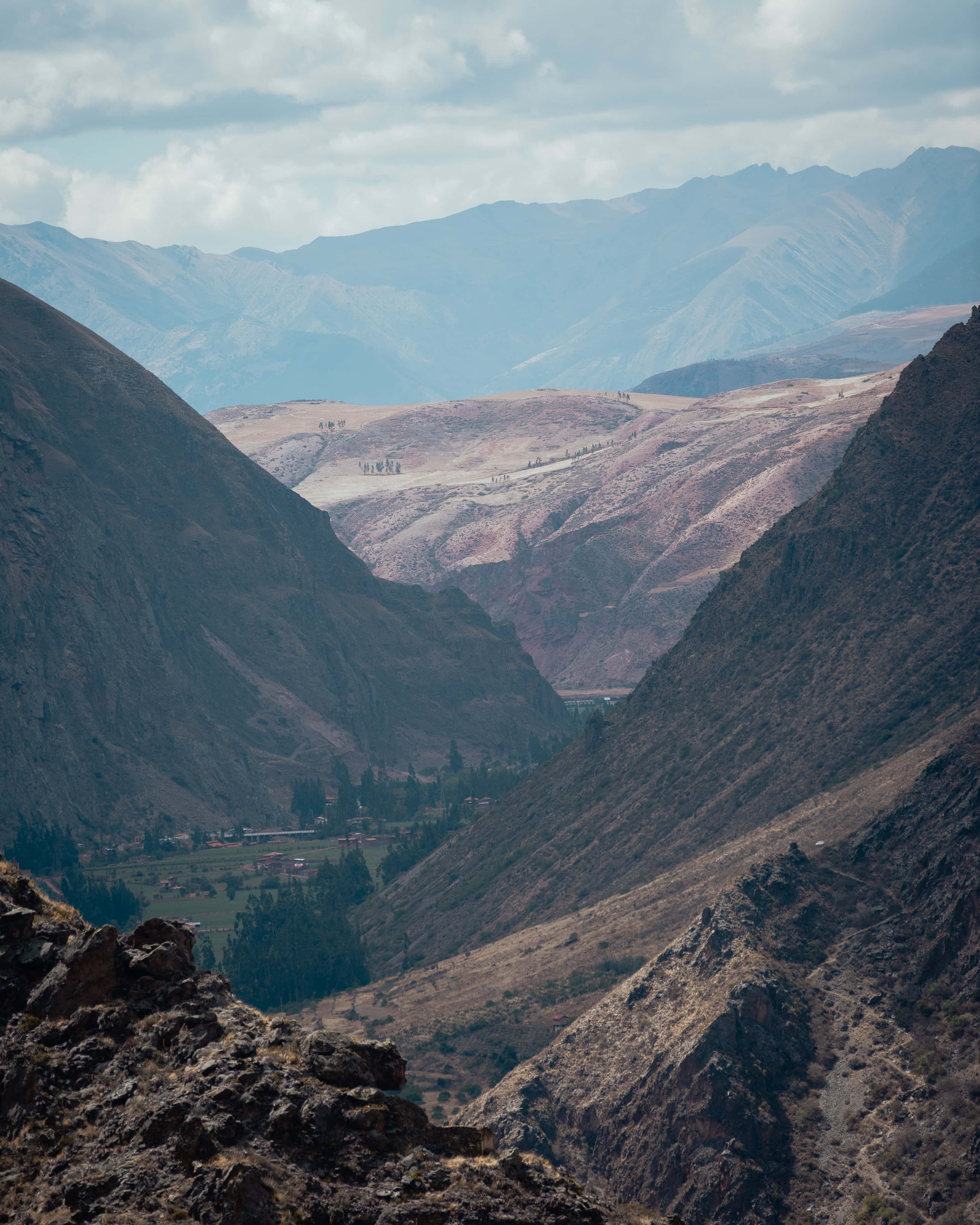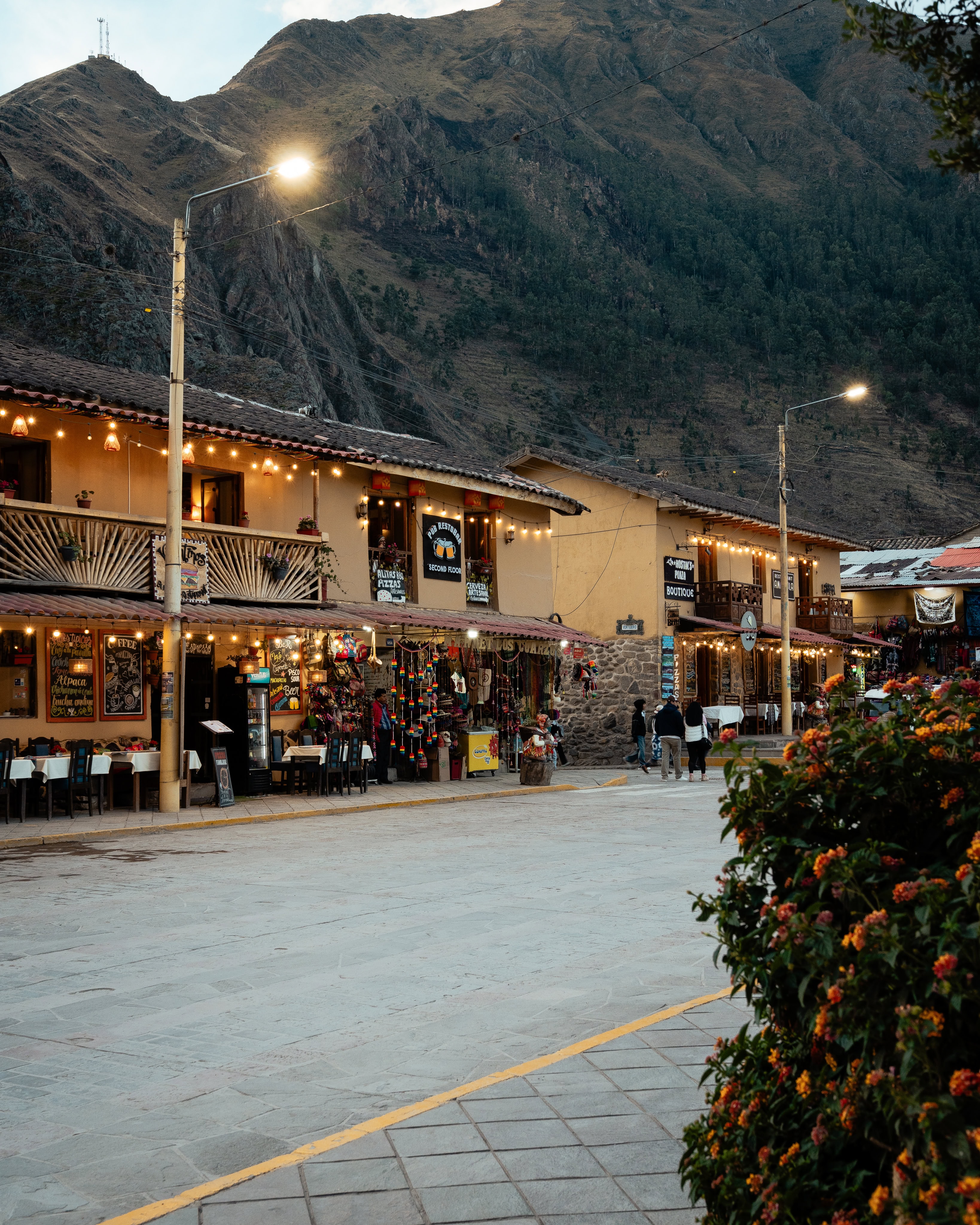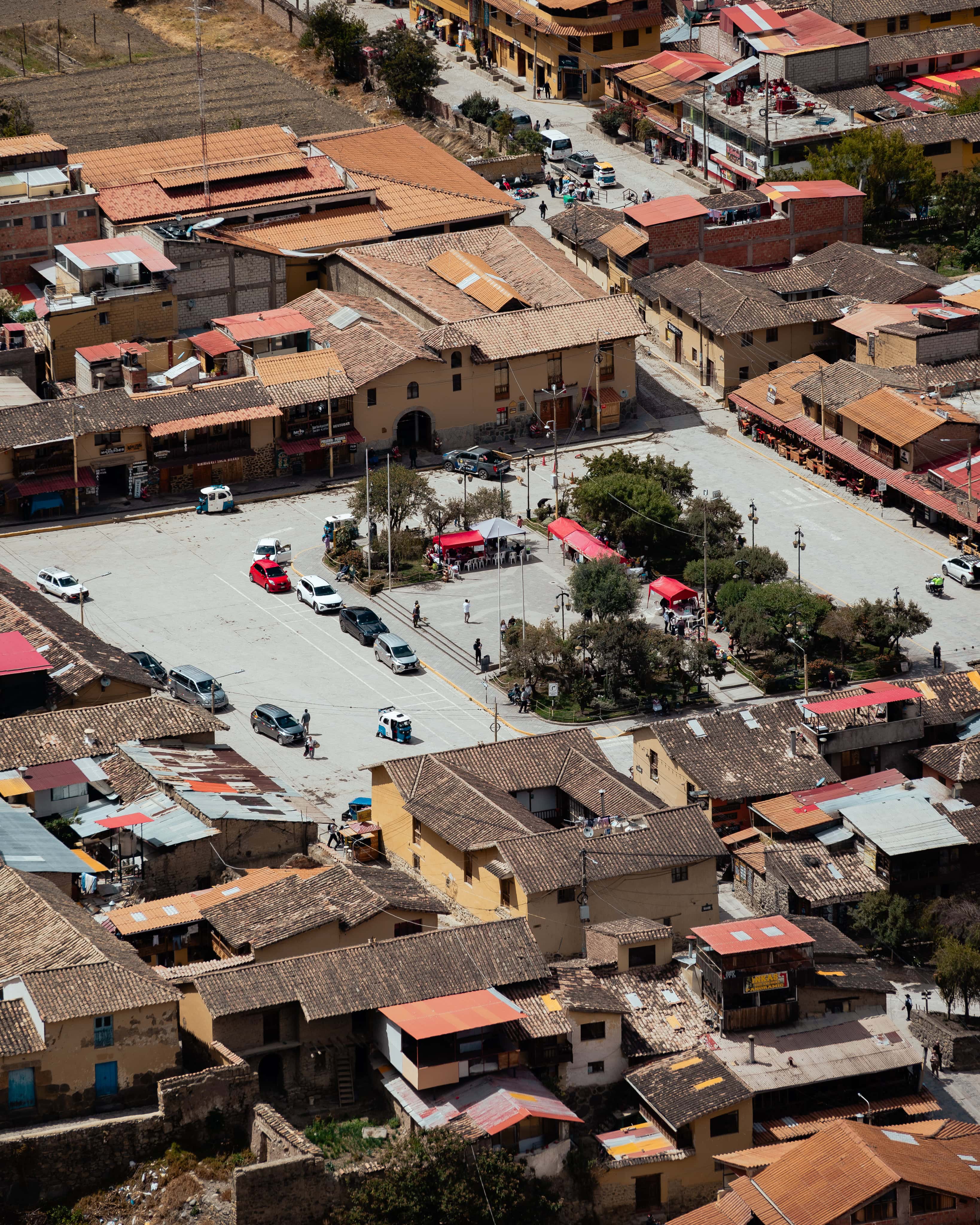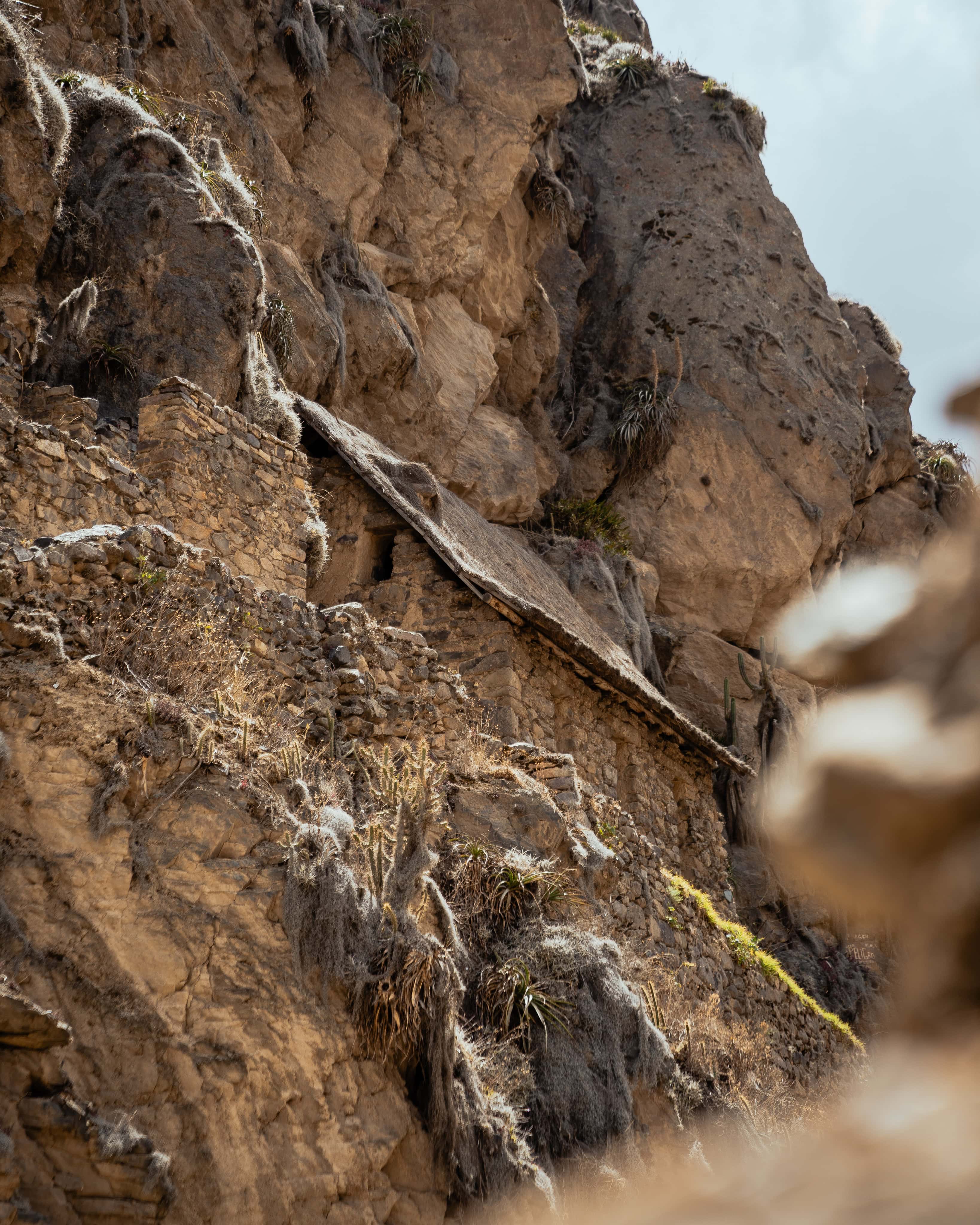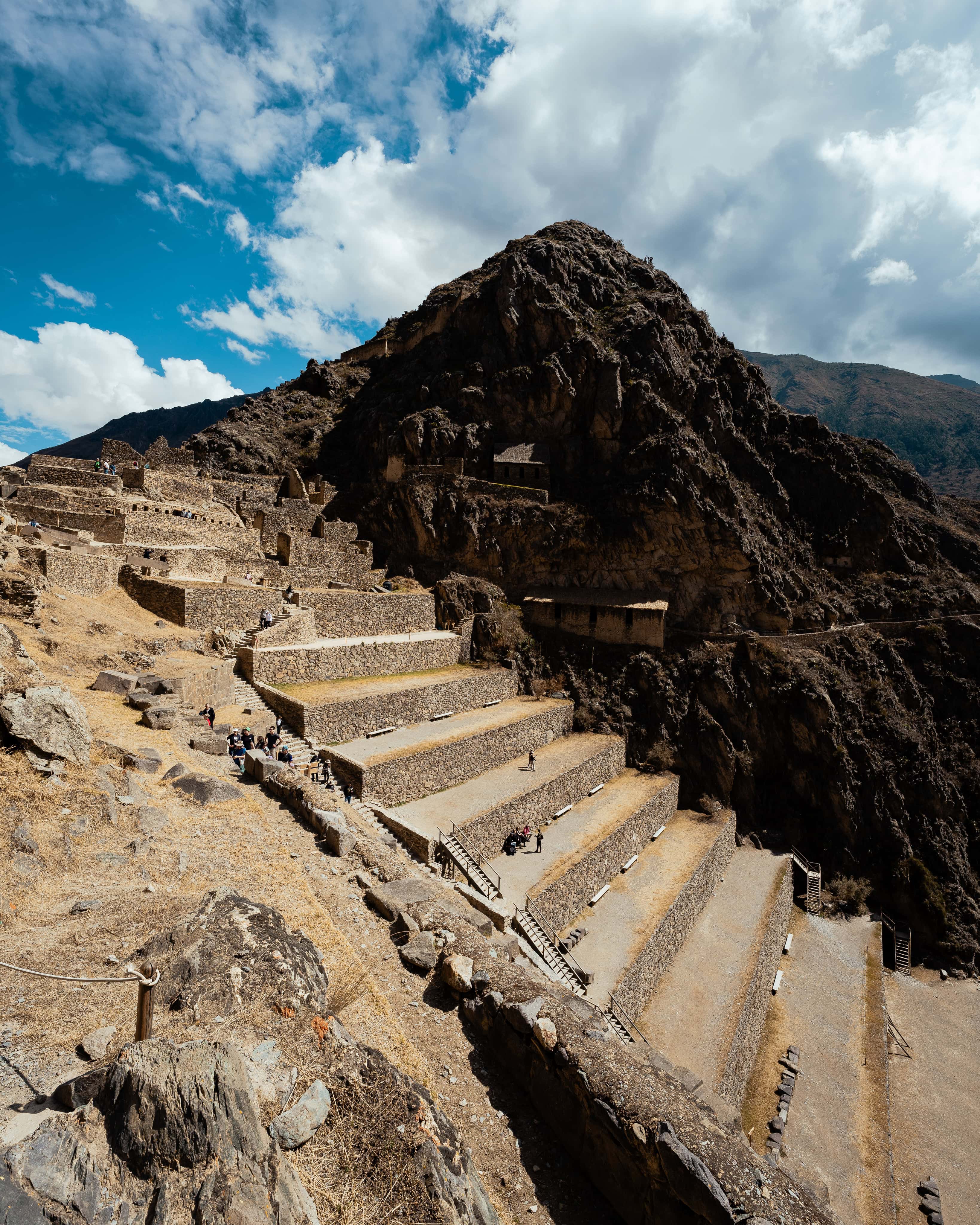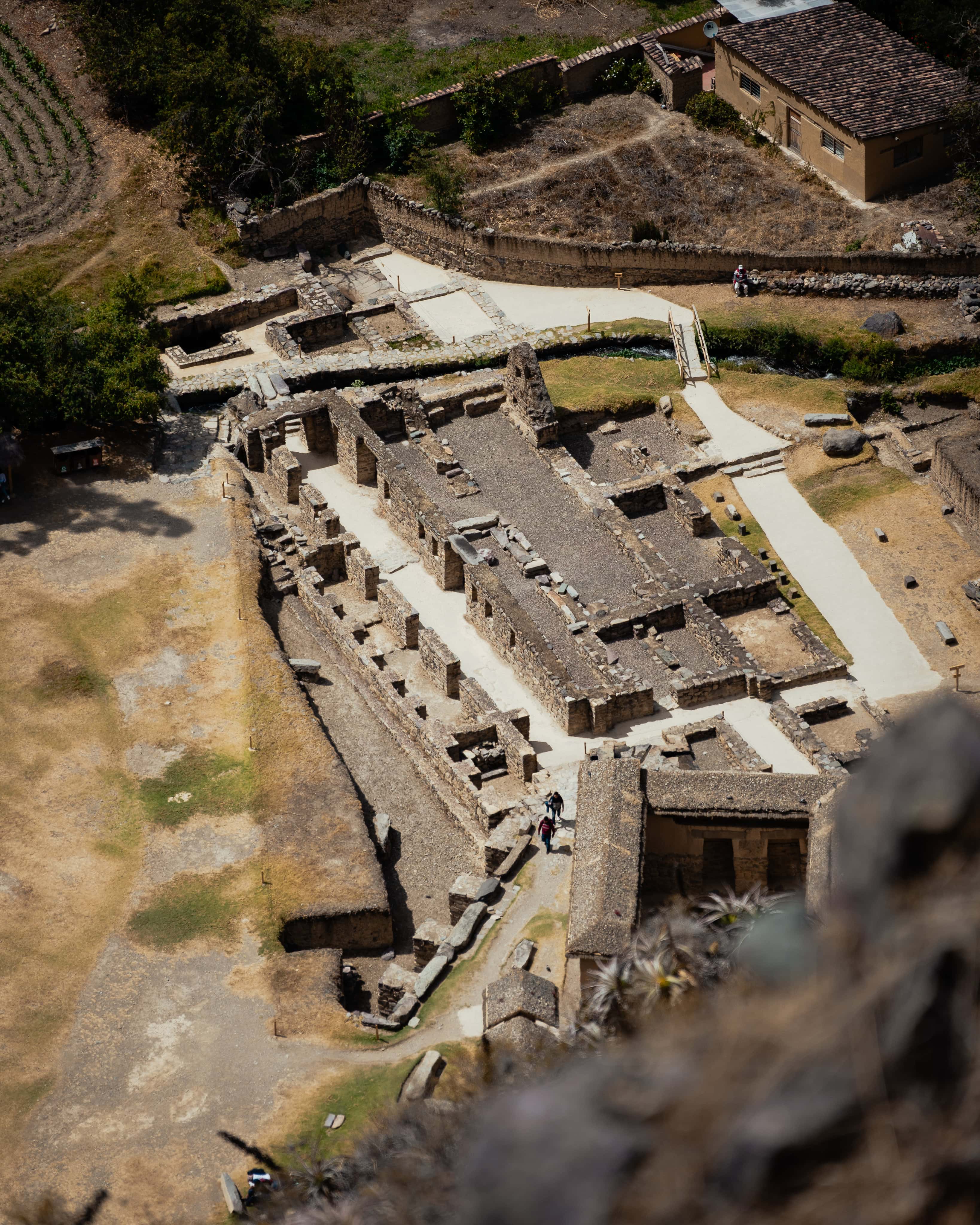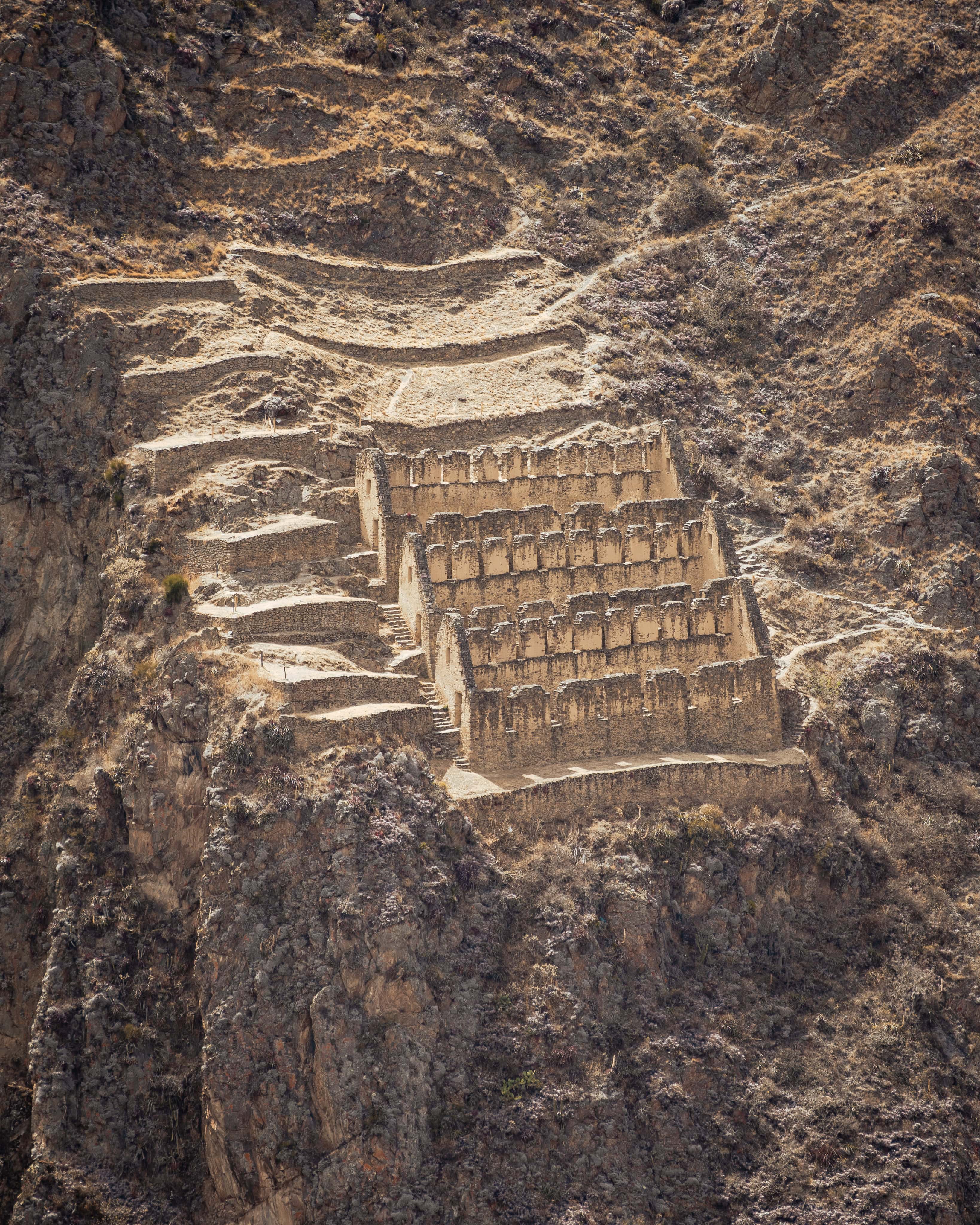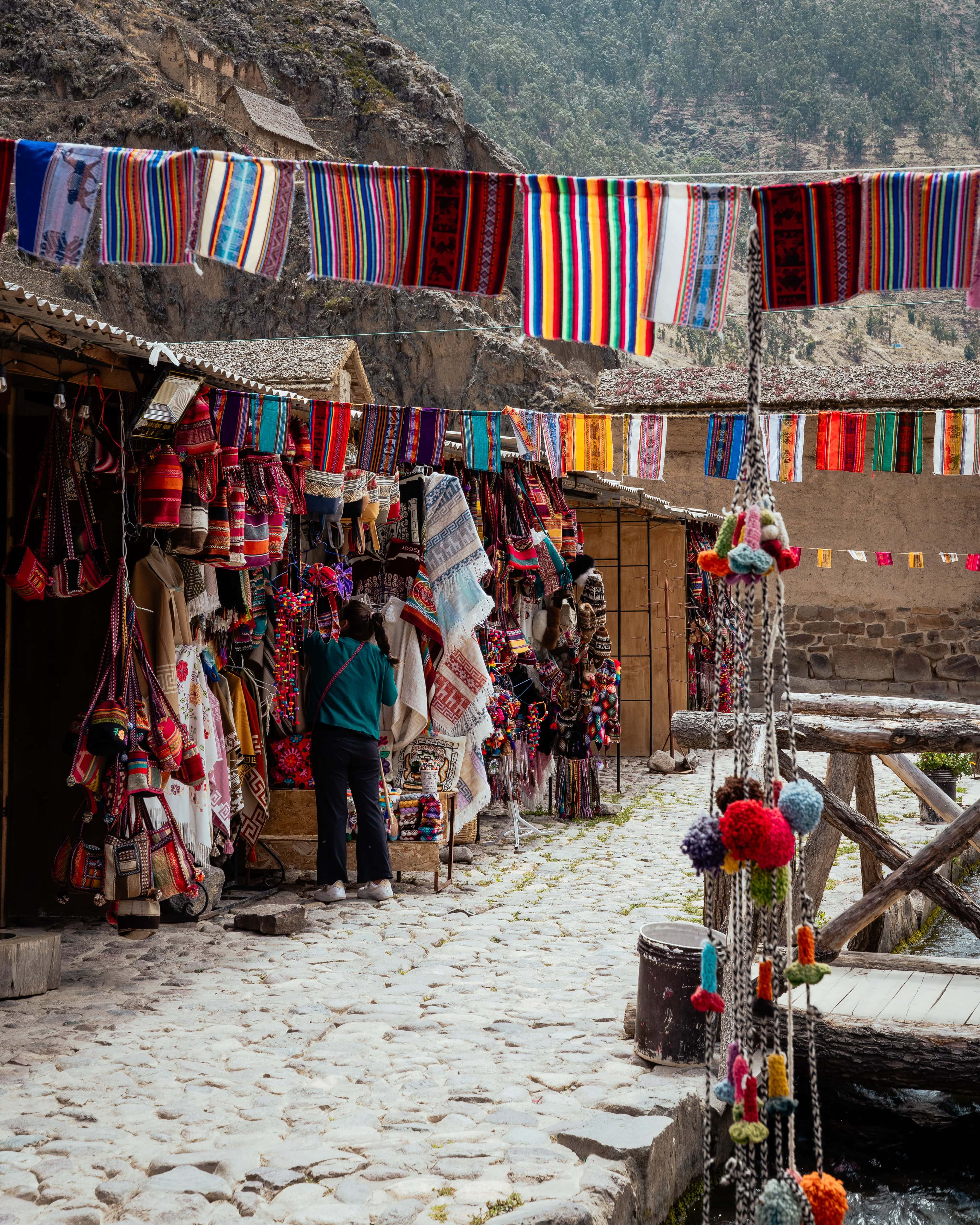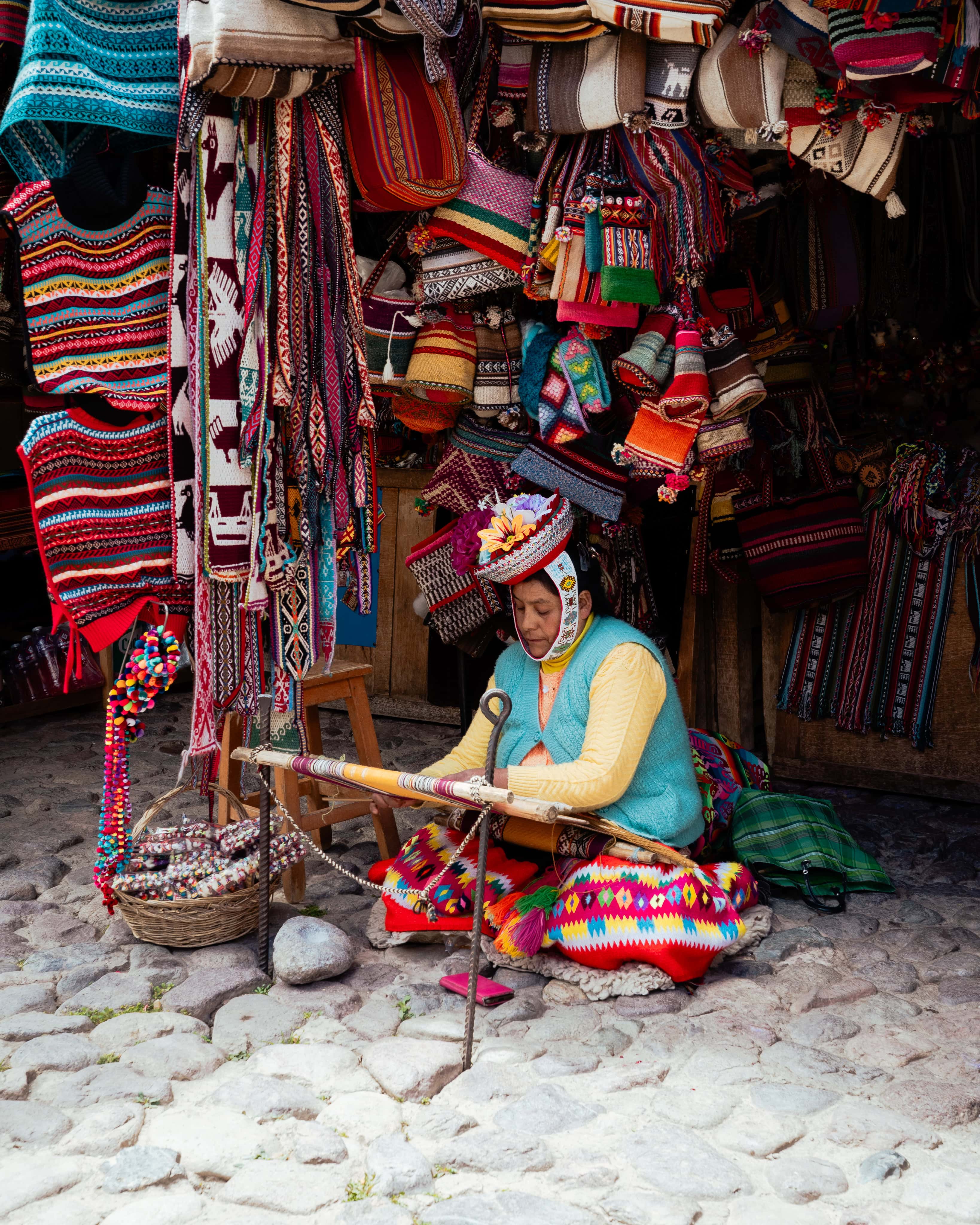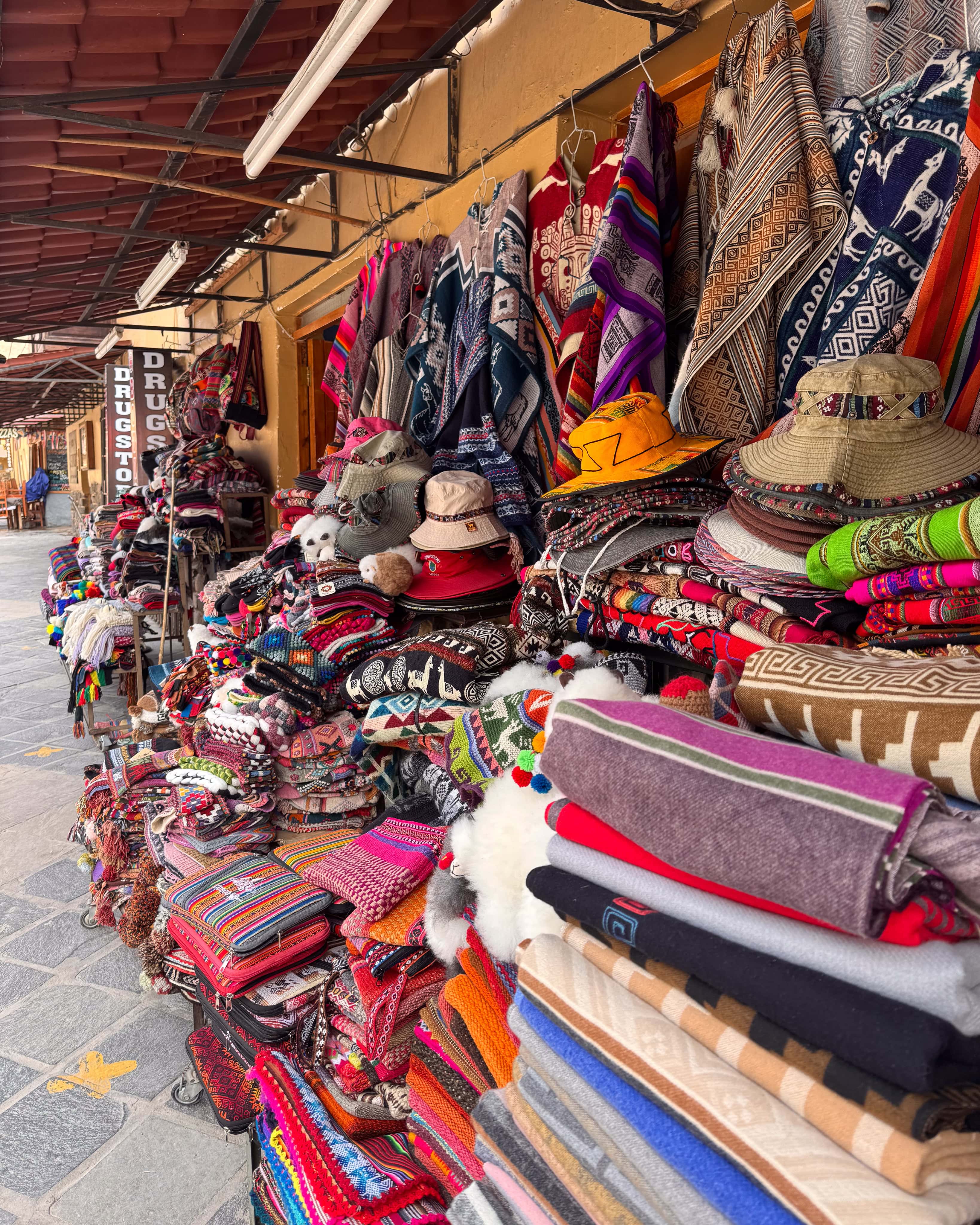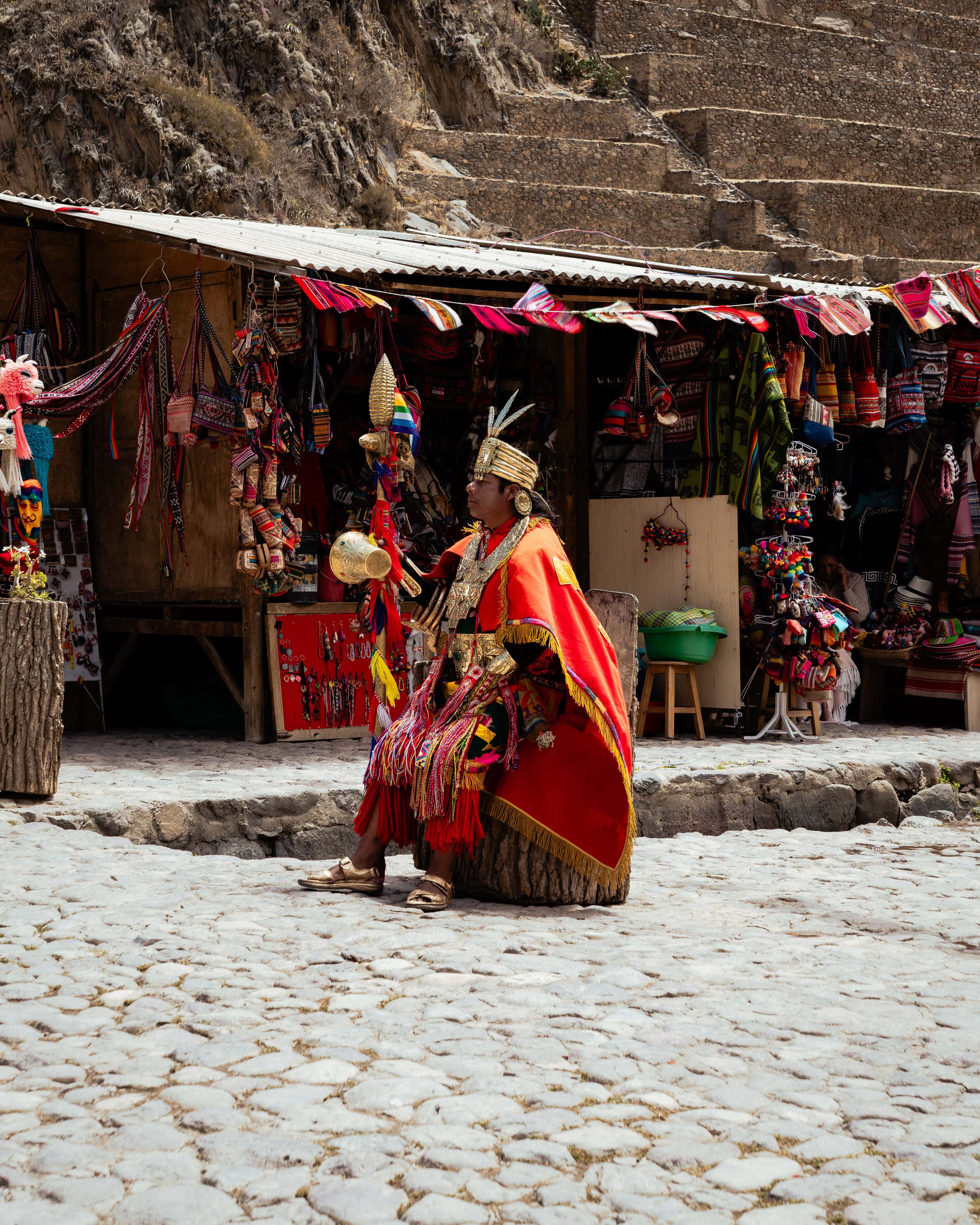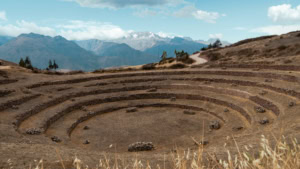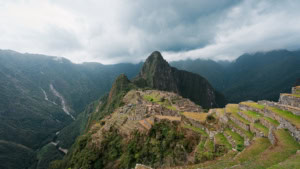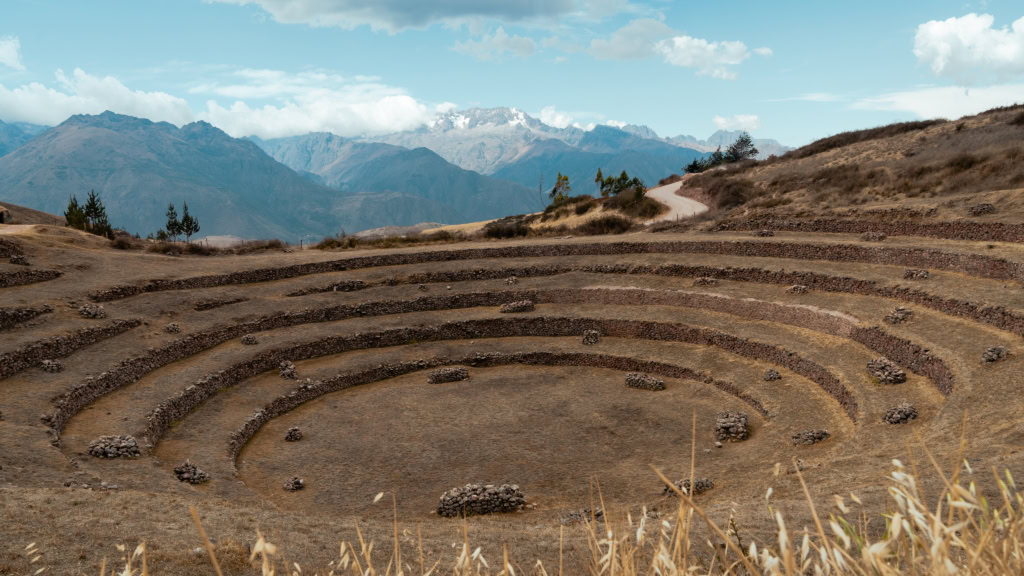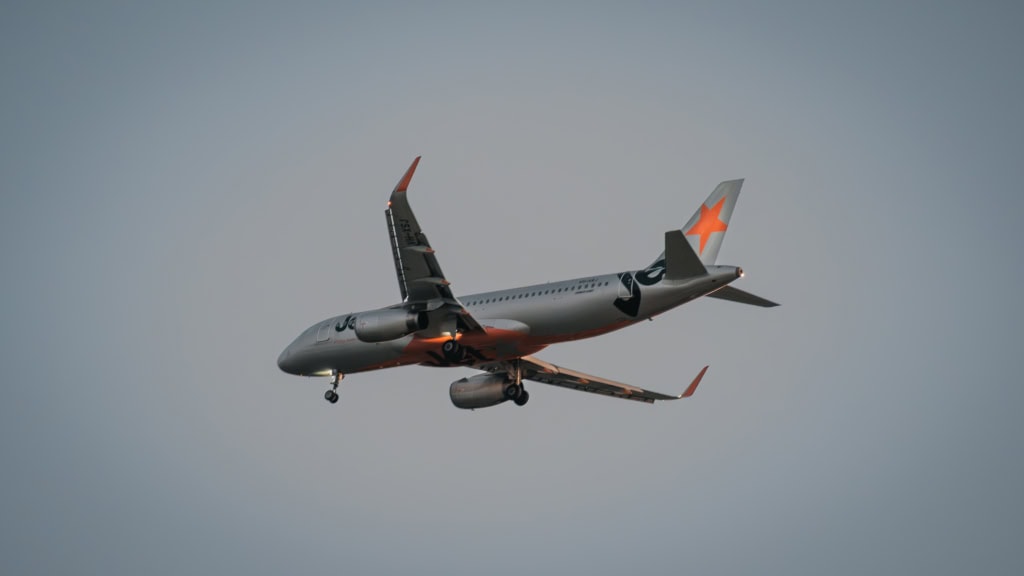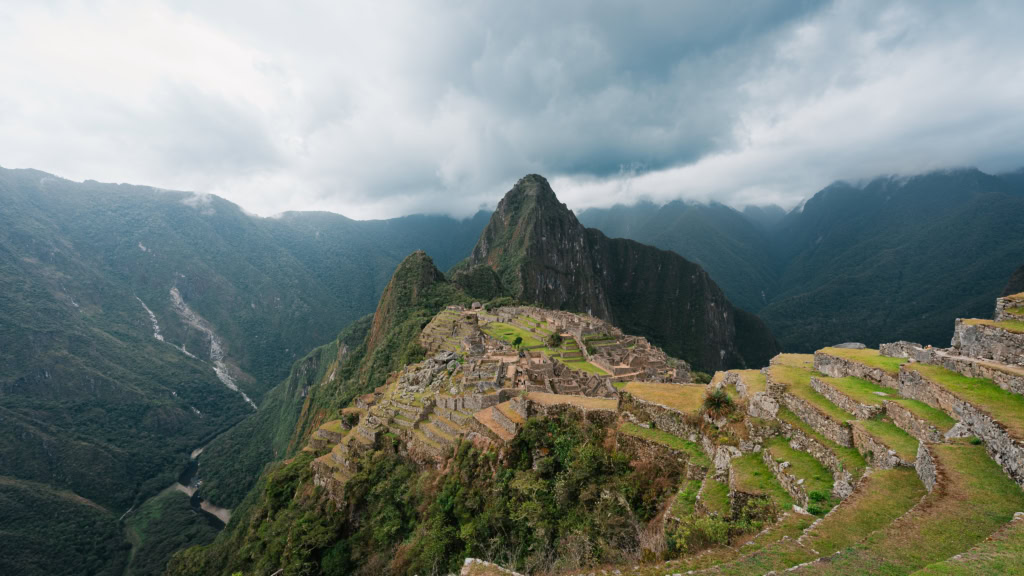The perfect stopover in the Sacred Valley: Ollantaytambo boasts impressive Inca architecture and a living Inca town with original street walls, as well as convenient train connections to Machu Picchu. Visitors will not only experience the famous terraces, but also an authentic Andean village complete with markets, cafés and lively festivals. Ollantaytambo is an important stopover for travellers heading to Aguas Calientes, but it is also a destination in its own right, offering opportunities for photography, cultural exploration and culinary delights.
Location & getting there
Ollantaytambo is located in the Sacred Valley of the Urubamba River, in the Cusco region. It is situated around 60–72 km northwest of Cusco, at an altitude of approximately 2,790 m above sea level. This distance makes the village a convenient base: It can be reached from Cusco by colectivo or bus in about 1.5 to 2.5 hours, or slightly faster by private transfer. Ollantaytambo railway station is an important starting point for the train journey to Machu Picchu, which takes approximately 1.5 hours. The combination of easy accessibility and a relatively low altitude makes Ollantaytambo a popular place to acclimatise and stay.
Brief history – Royal property, Pachacútec's construction site and centre of resistance
The visible buildings mainly date from the 15^(th) century, when the powerful Inca ruler Pachacútec developed the region into a royal farm and ceremonial centre. The complex combines the finely crafted stone masonry of the temple sector with extensive agricultural terraces, showcasing the excellence of Inca urban planning and water management. Ollantaytambo later gained military significance when Manco Inca achieved a spectacular tactical victory against a Spanish expedition on the terraces in 1537. Consequently, the capital of the Neo-Inca state was moved to Vilcabamba. The interplay of architecture, quarries for monumental stones and the site’s strategic location make its history particularly complex.
Must-see sights
The ruins of Ollantaytambo can be divided into several key areas:
- The Temple Hill/Fortress: The staggered terraces and the famous wall made of six monolithic blocks in the temple sector are the visual highlights. From an archaeological perspective, it is more of a ceremonial and administrative centre than a purely defensive fortress. The precisely structured large stone blocks and the ‘Enclosure of the Ten Niches’ are particularly impressive.
- Quarry areas (Kachiqhata, etc.): The quarries, from which the massive rhyolite and granite blocks were extracted, are located 4–6 km outside the city and demonstrate the Inca’s engineering skills and logistical expertise.
- Pinkuylluna/Granaries (storage rooms): On the opposite side of the slope are the Qollqas (storehouses/granaries) of Pinkuylluna, which are small chambers in the rock faces that are ideal for observation and offer spectacular views of the valley. The short but steep hike there is worthwhile for the view and to gain an insight into storage technology.
- The town itself: The old town was laid out in an Inca grid pattern with right angles. Narrow cobbled streets and original Inca walls with colonial overlays characterise the townscape. It is one of the longest continuously inhabited places in South America. A stroll through the streets conveys the sense of tradition very well.
Culinary highlights & cafés
Ollantaytambo has a surprisingly vibrant café and restaurant scene, offering everything from cosy cafés to family-run trattorias and upscale concept restaurants. Here is a selection of popular places (check the menu and opening hours on site):
- Latente (Speciality Coffee): Modern speciality coffee café popular with locals and travellers alike. It offers a good selection of espresso and filter coffee, which is often praised. It’s perfect for a coffee break before or after visiting the ruins.
- Apu Verónica (Apu Verónica Restaurant): Centrally located near the bridge with outdoor seating and a view, this restaurant is known among tourists for its traditional Peruvian cuisine and home-style cooking.
- Nina del Valle: Small, intimate restaurant with excellent reviews. It serves home cooking, pasta and local dishes. Travellers often describe the restaurant as a ‘hidden gem’.
- Saqra / Saqra Wislla (Pizzeria/Restaurant): Popular for pizza and Western-inspired dishes, as well as its relaxed atmosphere. A good choice if you want something familiar.
- El Albergue Restaurant: Part of the well-known boutique hotel El Albergue (right next to the train station), with a strong focus on local, organic ingredients and upscale presentation. Ideal for a special dinner or a well-organised pachamanca lunch.
- Other recommendations: Chuncho and Amanto for upscale, creative cuisine, and Café Mayu/Hearts Café for relaxed snacks. The small restaurant scene is changing, so it is advisable to make early reservations during peak times (June–August).
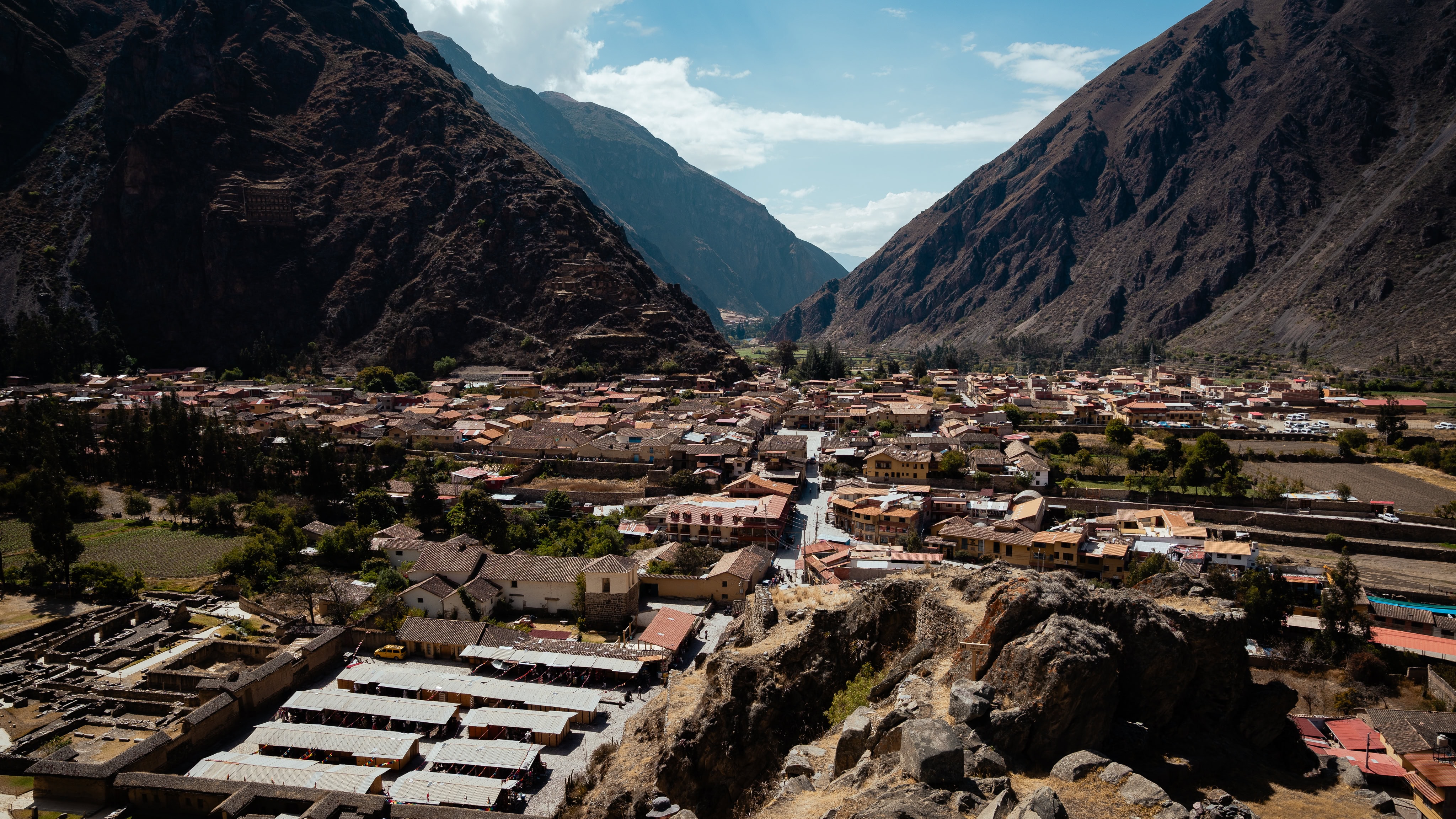
Practical tips for visiting – Tickets, scheduling, best time to travel
- Tickets: admission to the archaeological sites is usually available via the Boleto Turístico del Cusco (Cusco Tourist Ticket), or the relevant partial option for the Sacred Valley. Many visitors use the general or partial passes. Prices and validity periods vary. Current information can be found on site or on official websites. Alternatively, some tours include combined admission and transport. Be sure to book trains to Machu Picchu well in advance, as they get very busy.
- When?: The best time to travel is during the dry season (approximately April/May to September/October), when there are clear skies, dry paths and good visibility. Those who prefer greenery and fewer people may also consider travelling during the shoulder months or in the rainy season (November to March), but must then expect rain.
- Time of day & duration: The best time to visit is early in the morning, when it is quieter (the ruins are usually open from around 7 a.m. to 5 p.m., but check the current opening times). Allow 1.5–3 hours for the main site or a half-day if you want to include Pinkuylluna, the quarries, or extended photo stops.
- Acclimatisation and health: Although Ollantaytambo is lower than Cusco, 2,800 metres is still challenging. Adequate hydration, slowly building up activity, and drinking coca tea if necessary can help alleviate mild symptoms of altitude sickness.
Markets, festivals and culture – More than just ruins
Ollantaytambo is a vibrant hub of Andean traditions. The Sunday market and the daily markets offer textiles, handicrafts, corn products and street food, providing an ideal opportunity to experience Andean culture up close. The Fiesta del Señor de Choquekillka is a particularly colourful multi-day festival held around Pentecost (the exact date depends on the church calendar). This festival features traditional dances, parades and costumed dance groups, making it a unique spectacle for culture lovers.
Safety, money & things you should know
- Means of payment: There are cash machines in Ollantaytambo, but they have limited availability and occasionally experience technical problems. Therefore, it is advisable to take sufficient Peruvian soles with you or plan to make larger withdrawals in Cusco. Credit cards are accepted in many restaurants and hotels, but not everywhere (small market stalls in particular require cash).
- Valuables and caution: As in many tourist areas, pickpocketing is possible, so keep an eye on your backpacks, cameras and wallets. Be especially vigilant in the alleys and at the train station.
- Train booking: trains to Aguas Calientes (Machu Picchu Pueblo) often sell out. If you want to visit Machu Picchu on a specific day, book early via PeruRail or IncaRail.
Ollantaytambo boasts spectacular Inca architecture, a vibrant local community and a prime location as the gateway to Machu Picchu. The ruins are excellently preserved, and the old town exudes authenticity. The culinary offerings range from specialty coffee to fine local cuisine. Ollantaytambo is a must for culture lovers, photographers, and anyone looking to enhance their Machu Picchu experience.

